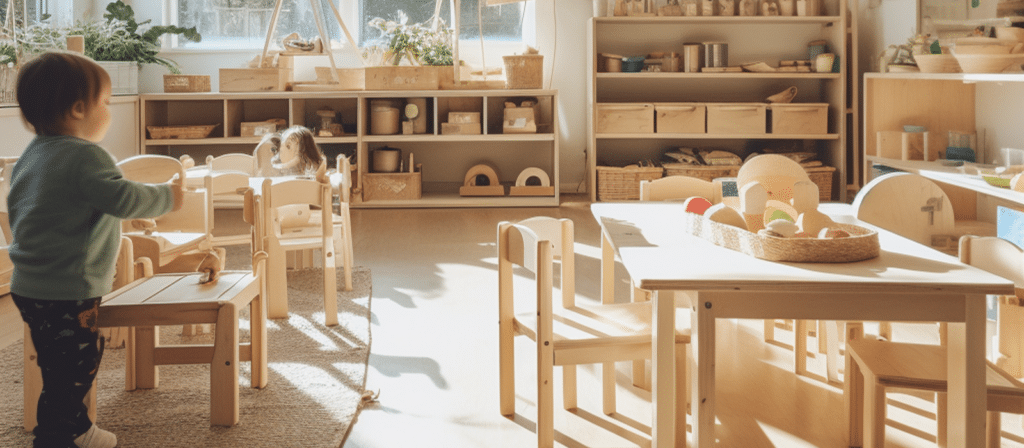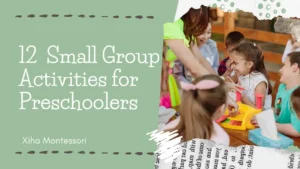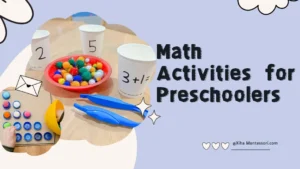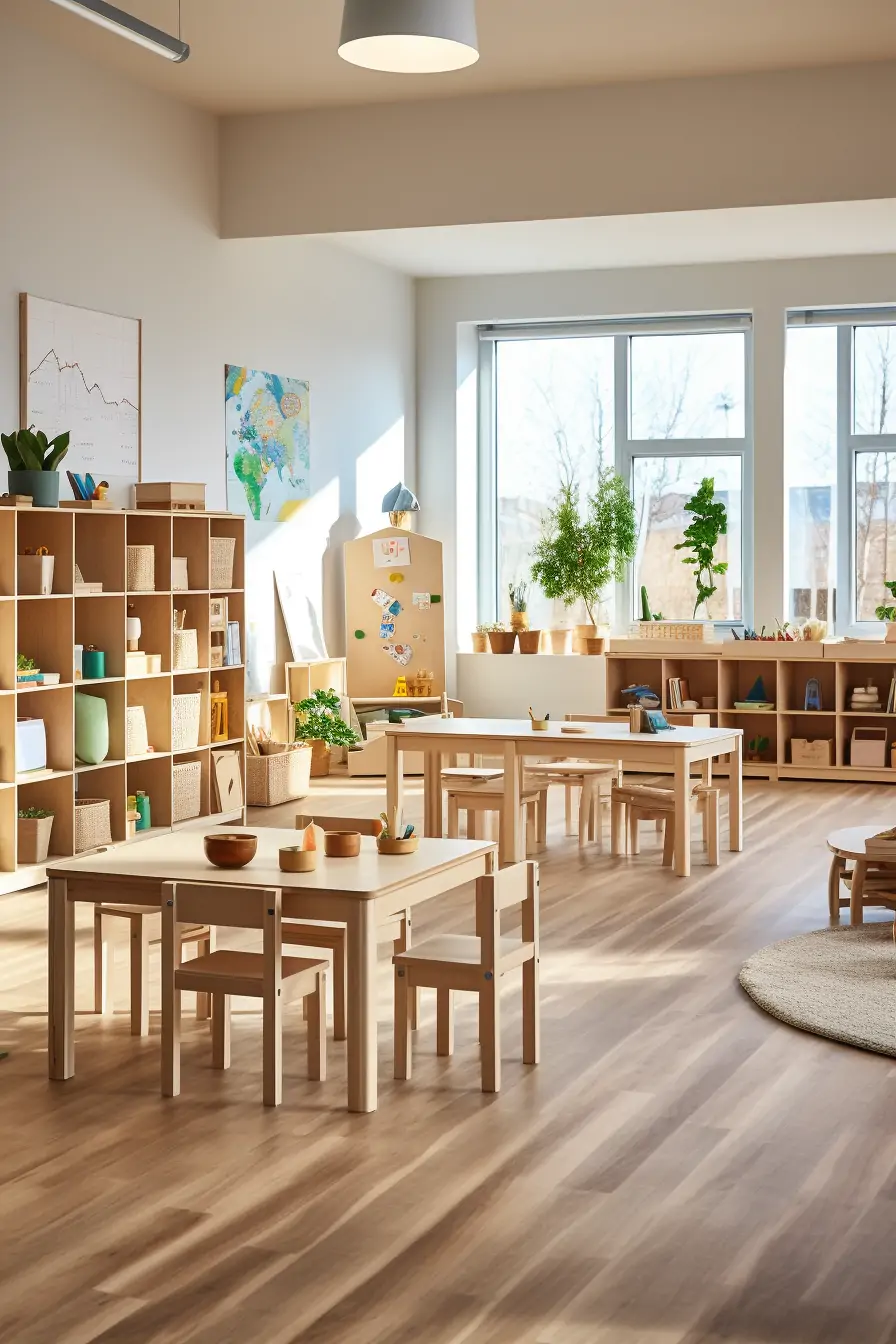Crafting a dynamic learning environment for young children is an art that merges creativity with purpose. Educators, akin to master painters, weave together various elements to construct spaces that foster growth, curiosity, and engagement. This journey towards creating vibrant settings is not only an exploration of aesthetics but also a deep understanding of pedagogy. In this article, we delve into the multifaceted facets of designing early childhood learning spaces that resonate with the hearts and minds of our young learners.
The Symphony of Stimulation
Creating a learning haven for young minds demands a symphony of stimuli that awakens every facet of their development. Physical, cognitive, emotional, and social skills intertwine harmoniously in this symphony. As architects of learning, remember to orchestrate:
- Developmental playgrounds: Infuse spaces with avenues for developmentally appropriate physical activities. The boundless energy of children finds its canvas here, with climbing, crawling, and exploring.
- The realm of tactile exploration: Offer hands-on opportunities that spark wonder. Mud pies, wooden creations, and dramatic play awaken their senses and ignite their creativity.
- A kaleidoscope of experiences: Embrace the power of change and variety. A tapestry of colors, textures, and sounds nurtures their insatiable appetite for newness.
Crafting with Colors and Delights
Colors dance and decorations narrate stories within learning spaces. They wield the power to direct attention, evoke emotions, and guide experiences. Each brushstroke, in the form of vibrant colors and purposeful embellishments, adds depth to the narrative:
- A spectrum of hues: Let colors paint the environment with purpose. Vibrant reds and yellows enliven gross motor areas, while tranquil blues and greens invite curious minds to hands-on learning.
- Changing tapestries: Infuse your canvas with dynamic decorations that resonate with evolving themes. These ever-changing elements evoke curiosity and creativity.
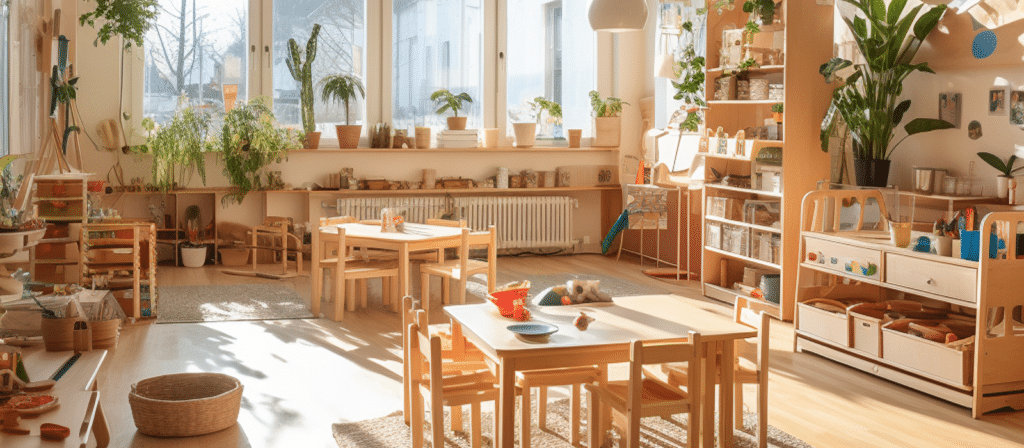
The Ensemble of Materials
In the heart of every learning space, materials compose an ensemble that harmonizes with the environment’s melody. Materials are more than tools; they are the symphony’s notes that children play:
- Responsive landscapes: Soft, responsive surfaces echo the embrace of learning. From sand to grass, these surfaces embrace children’s exploration and experimentation.
- Versatile resources: Foster flexible minds with adaptable materials. Sand, water, and play dough transform into myriad shapes under each child’s touch. Embrace the malleability of Legos® and tinker toys that fuel endless creativity.
- Complexity as catalyst: Diverse materials—simple, complex, and super complex—embolden exploration. From sand alone to sand with tools and water, complexity enhances both play and learning.
Navigating Compact Galaxies
Small spaces morph into galaxies of wonder when infused with imagination. Every nook becomes a launchpad for creativity. The art of maximizing minimal spaces requires innovation:
- Dynamic metamorphosis: Constantly reshape compact spaces, transcending limits. Community areas and local facilities burgeon into extensions of learning realms.
- The testimony of creativity: Ponder on the ingenious creation nestled beneath school bleachers. Secluded reading corners, individual havens, and shared play areas blossom in unexpected spaces.
Celebrating Uniqueness: Private Retreats
The journey within the learning universe resonates uniquely for every child. Celebrate their individuality with private alcoves, corners, and retreats that echo their personalities:
- Secluded sanctuaries: Nurturing individuality, these spaces allow children to retreat from the crowd. From personal cubbies to snug corners, they rejuvenate within these havens.
- Respite from the symphony: Amidst the crescendo of experiences, these private retreats offer a soothing pause for self-discovery.
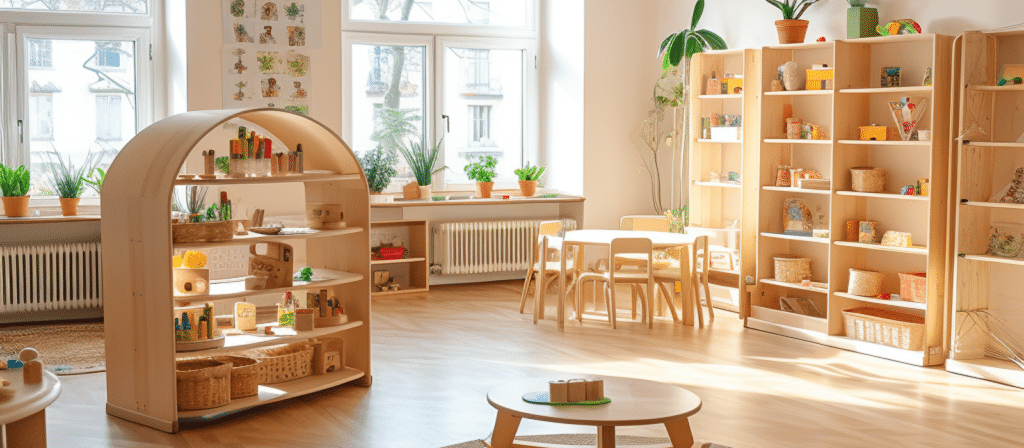
Where Function Meets Facilitation
Educational spaces wear a dual hat—functional sanctuaries for both students and educators. The architecture should facilitate seamless learning, reflecting the ideals of both worlds:
- Child-centric functionality: As young explorers interact with their environment, every element adapts to their stature. Toilets, furniture, and resources meet them at their level.
- Teacher’s canvas: Just as students need an optimal backdrop for growth, educators need a versatile canvas for teaching. Fluidity in rearrangement and design fosters inspiration and effective facilitation.
The Quest for Harmony: Taming Chaos
Even in the realm of discovery, harmony triumphs over chaos. Balanced design can transform noise into a symphony, order out of clutter, and structure from spontaneity:
- Harmonizing noise: Implement noise-absorbing features like carpets and absorbent ceilings to harmonize auditory experiences.
- Zones of resonance: Distribute activities thoughtfully to manage noise. Reading centers coexist with quiet corners, while loud blocks find kinship near woodworking areas.
Conclusion
Creating enchanting early childhood learning spaces demands more than bricks and mortar. It necessitates the artful orchestration of stimuli, colors, materials, and functionality. In these spaces, children don’t just learn; they flourish, and educators don’t just teach; they inspire. The canvas is woven with imagination and pedagogy, crafting an environment where young minds find their symphony of growth.

